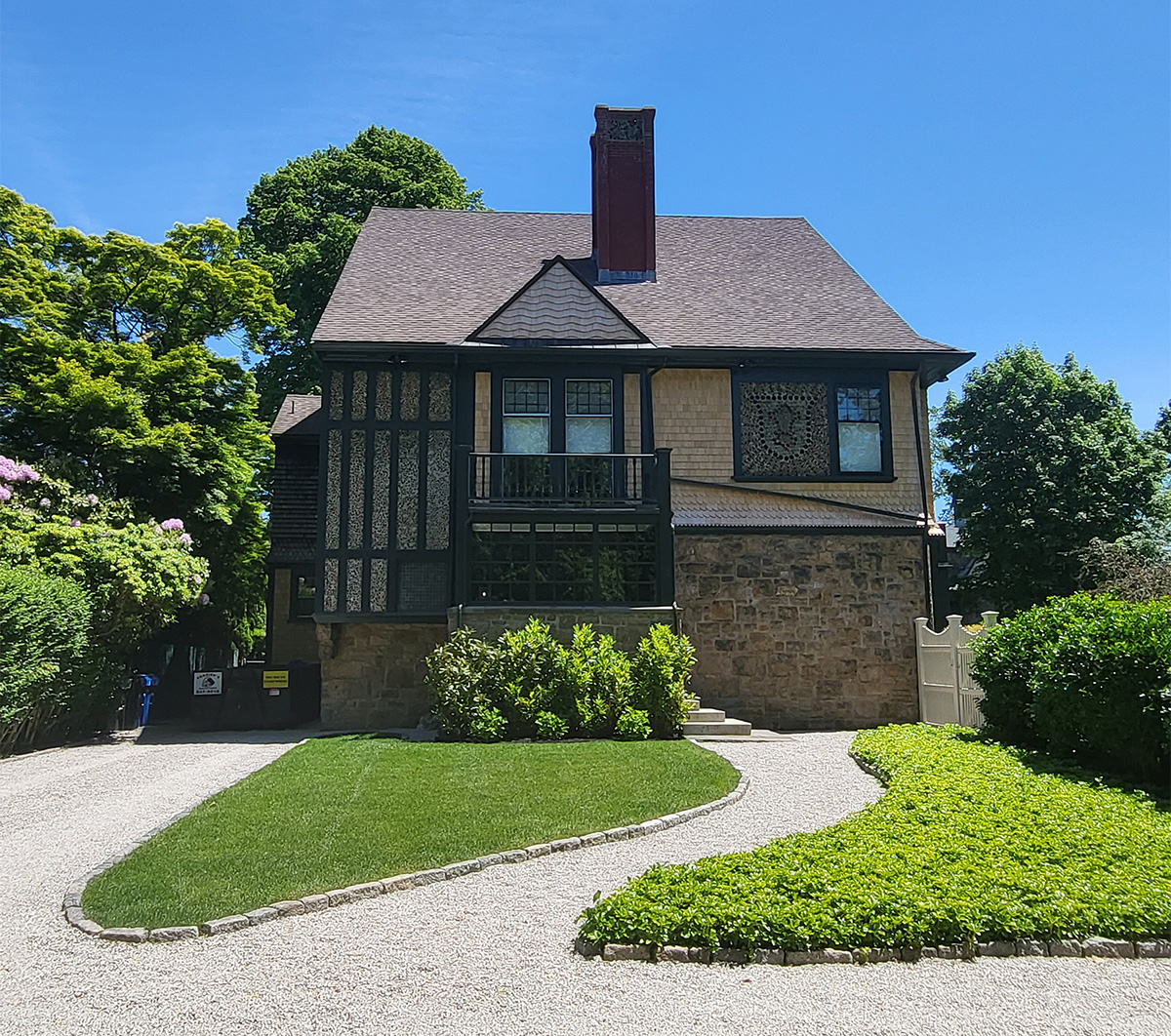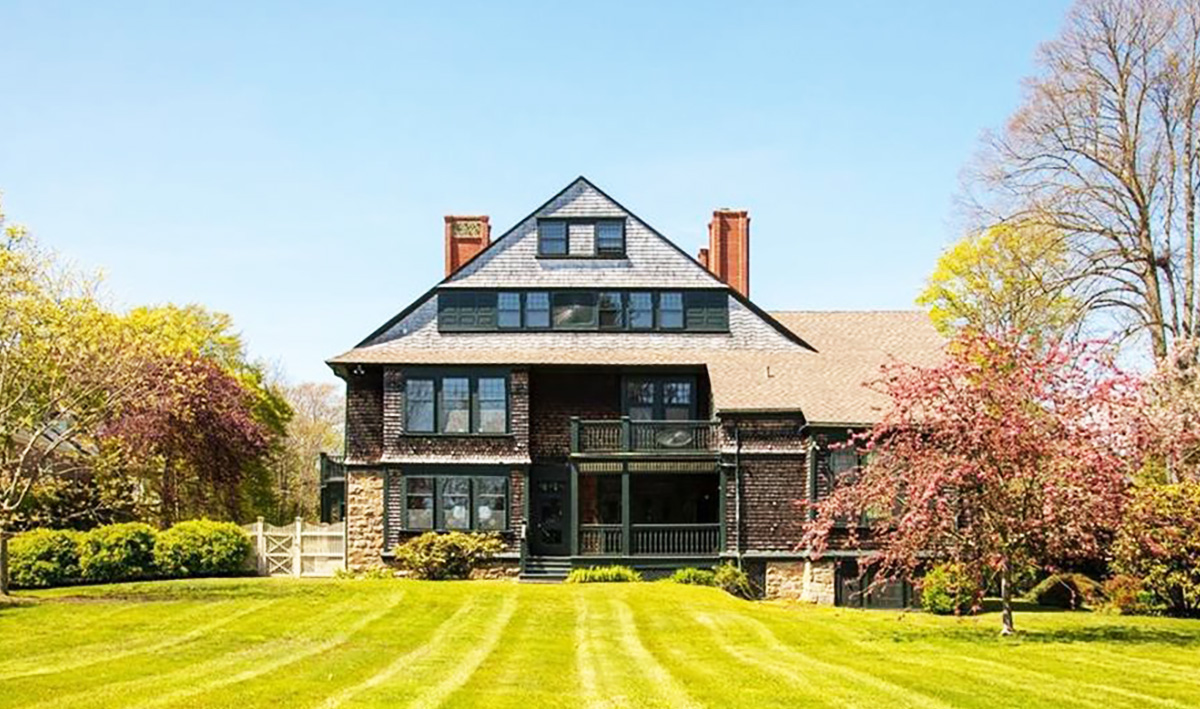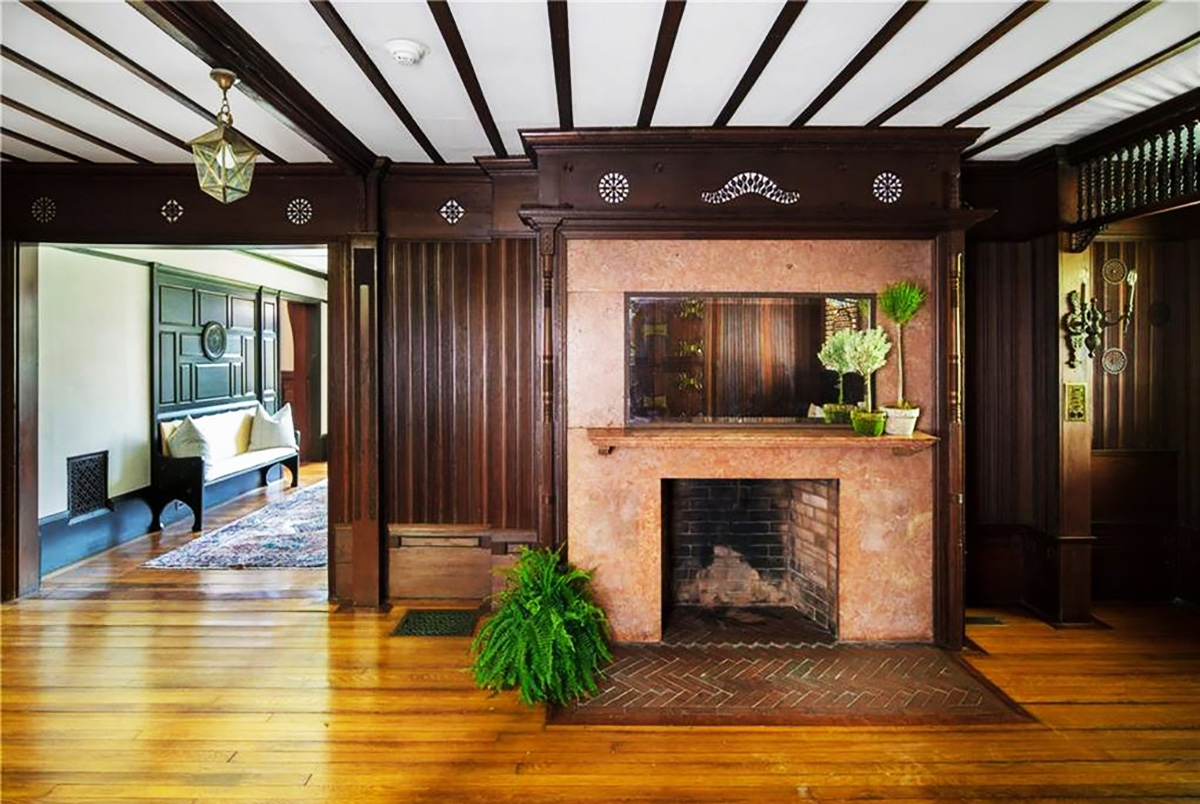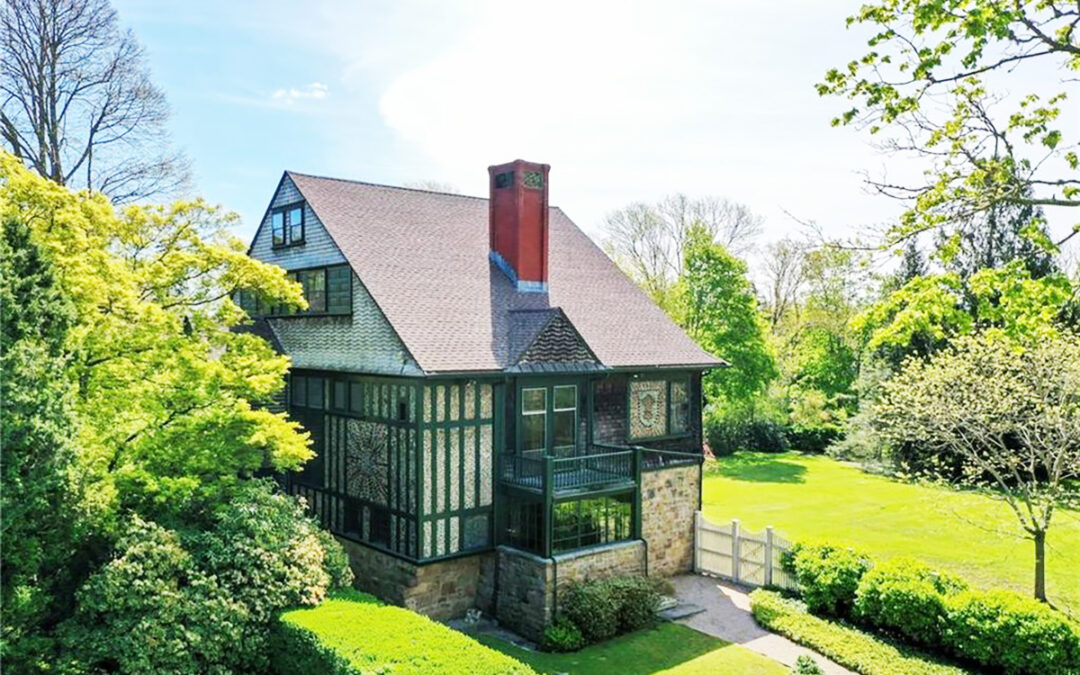In the 1870’s the United States was undergoing a massive change. The country was expanding westward following the completion of the Civil War and the economy was booming as a result. This in turn lead to the creation of massive industrial fortunes. In urban centers like New York, Boston, and Philadelphia these newly wealthy families competed for social prominence and power with the “establishment” families, many of which traced their lineage back to the settlement of the American Colonies or even earlier. On the architectural front this means there were great commissions to be executed for these families and this time corresponded with the rise and growth of the architectural profession in America.
Americans like Richard Morris Hunt and Charles Follen McKim travelled to Paris to study at the preeminent school of Architecture of that era, the Ecole des Beaux Arts. This school taught that Architecture, sculpture, and painting were all part of a larger whole and that was reflected in the architecture that the graduates of this program designed that many of the most prominent architects in the country were designing houses and buildings in Newport, Rhode Island. With the purchase of Beechwood by William & Caroline Astor in 1880, Newport went from a genteel, but somewhat sleepy, summer resort community to the epicenter of social life for “the 400” during the months of July and August.

“The 400” was the name given to the select number that could fit in the Astor’s New York Ballroom and became the bellwether of who stood at the top of New York (and therefore American) society and who did not. This was a small and tightly knit community that socialized together, did business together and (to a large degree) summered in Newport together. In 1880 the Newport Casino, which is often identified as America’s first country club and first shingle style structure, opened with cardrooms, lawn tennis clubs and a tennis court, a theatre and communal ballroom and a coaching ring. The Newport Casino was a new type of facility in America dedicated not to industry or education but only for entertainment, sport and pleasure of its membership, it was also the very first building designed by the New York architectural firm of McKim, Mead and White. Designer Stanford White began with many elements of the Queen Anne Revival Style that was popular in coastal resort communities in New England during the 1860’s and 1870’s. But because of the level of inventiveness, the emphasis of various shapes of shingles instead of painted colors, and the confidence of the designers in detailing this collection of structures seemed to cross the line into “The Shingle Style,” a new stylistic form when viewed in retrospect from the modern era.
The residential equivalence of this building are the Isaac Bell and Samuel Tilton Houses, both designed by McKim, Mead, and White in 1881 and constructed in Newport in 1882. Like the Newport Casino, these buildings demonstrate an inventiveness, artistry and supreme confidence that make them true masterpieces of American Architecture.
The Samuel Tilton House was designed for a Boston merchant on a small side street off a road connecting the town of Newport with the beaches on the back side of the hill on which the city was founded. The house, seen from the street, seems modest and understated and concealed the size, elaboration and grandeur of the interiors. Few would guess this is an eight-bedroom home of greater than 6000 square feet. The massing of the building is quite simple in comparison to its Bellevue Avenue first cousin, the Isaac Bell House. The vast majority of the structure is sheltered in a single four-story gable with only the spacious music room projecting out from the simple massing.

The building seems to be much more about surface decoration. The Sunnyside façade has an eclectic arrangement of hewn rough granite slabs, a pastiche of half dozen different shingle patterns and “pebble dash” with bits of stone and colored glass pressed into the stucco to form artistic, shimmering colored patterns. It is from the back lawn side that the true size if the house is really exposed. Projecting upper-level decks and windows mixed with panels give the house an interesting dynamic appearance. However, it is in the exceptionally preserved interior that the building’s design truly sings. Once you enter the house through a modest brick projecting foyer, the dark wood paneled entry “inglenook” and fireplace is extraordinary. This too was a feature drawn from the Queen Anne Revival progenitor to the Shingle Style. It represented the Welcoming Hearth, the warm fire at the end of a cold journey.
The array of patterns, hardware and carved and gilded insets in the entry hall and throughout the entire public spaces of the first floor is a “bravura“ demonstration of McKim, Mead and White’s skills and raw inventiveness during the early Shingle Style of their career. Motifs from Bretagne, Japan, and Indo-Asia are all seamless combined together into patterns and designs that are a uniquely American fusion of all these artistic impulses.

The music room addition with its fifteen-foot ceiling and gracious size is particularly telling of the purpose of this house as it easily accommodated a dinner or concert for fifty people. These Newport summer cottages, even as early as 1881, were designed for entertaining and for building the social ties that only inviting guests into your personal home allow.
In 1880 and 1881 McKim, Mead and White were simply a rising firm, although a very well connected one, but thanks to excellence of their skills and the popularity of their design style, they were soon doing larger and much more elaborate commissions. Within a decade the firm would be designing major institution structures like the Columbia University Campus, the Boston Public Library, and other extraordinary buildings. These urban structures required more symmetric and classical forms than the Shingle Style could provide.
Stylistically there was also clearly a change in tastes among the firm’s clientele. The informal and asymmetric forms of the Shingle Style no longer conveyed the wealth and grandeur that the clients wanted their buildings to display. By 1900, with the firm was designing highly formal, but largely derivative, structures like Rosecliff and the George Gordon King House around the corner from the Tilton House. In the stark difference of design, it is evident how far tastes had traveled from the Shingle Style model. Made of marble and stucco, these highly detailed, and symmetrical buildings are clearly emulating long established European design models, rather than boldly inventing and original American architectural forms seen in their early Shingle Style work.

The early Shingle Style houses like the Tilton House, far from the grandest forms the firm would design, are among their richest and most inventive works. Their later and larger buildings show an exceptional talent and technical skill as well, but they lack the sense of playfulness and pure creativity that their early, smaller designs showed.
The Shingle Style only lasted 10-15 years in its original period, but because of the model that McKim, Mead and White created in Newport and other resort communities, it continued to be popular and influential throughout the country and had a strong impact on such noteworthy architects such as Frank Lloyd Wright.
In the 1980’s architects like Robert A.M Stern and Steven Holl helped revive the popularity of the Shingle Style, and today it has become one of the most widespread and prolific design styles for custom homes in the United States and these tens of thousands of homes can all trace their lineage back to a house off a side street in Newport, Rhode Island: the Samuel Tilton House.
Ross Cann, RA, AIA, LEED AP, is an author, historian, and practicing architect living and working in Newport, RI. He holds degrees with honor in Architecture from Yale, Cambridge, and Columbia Universities.

Thank you Ross! I needed that.
Thank you Carol. We are glad you enjoyed the article.